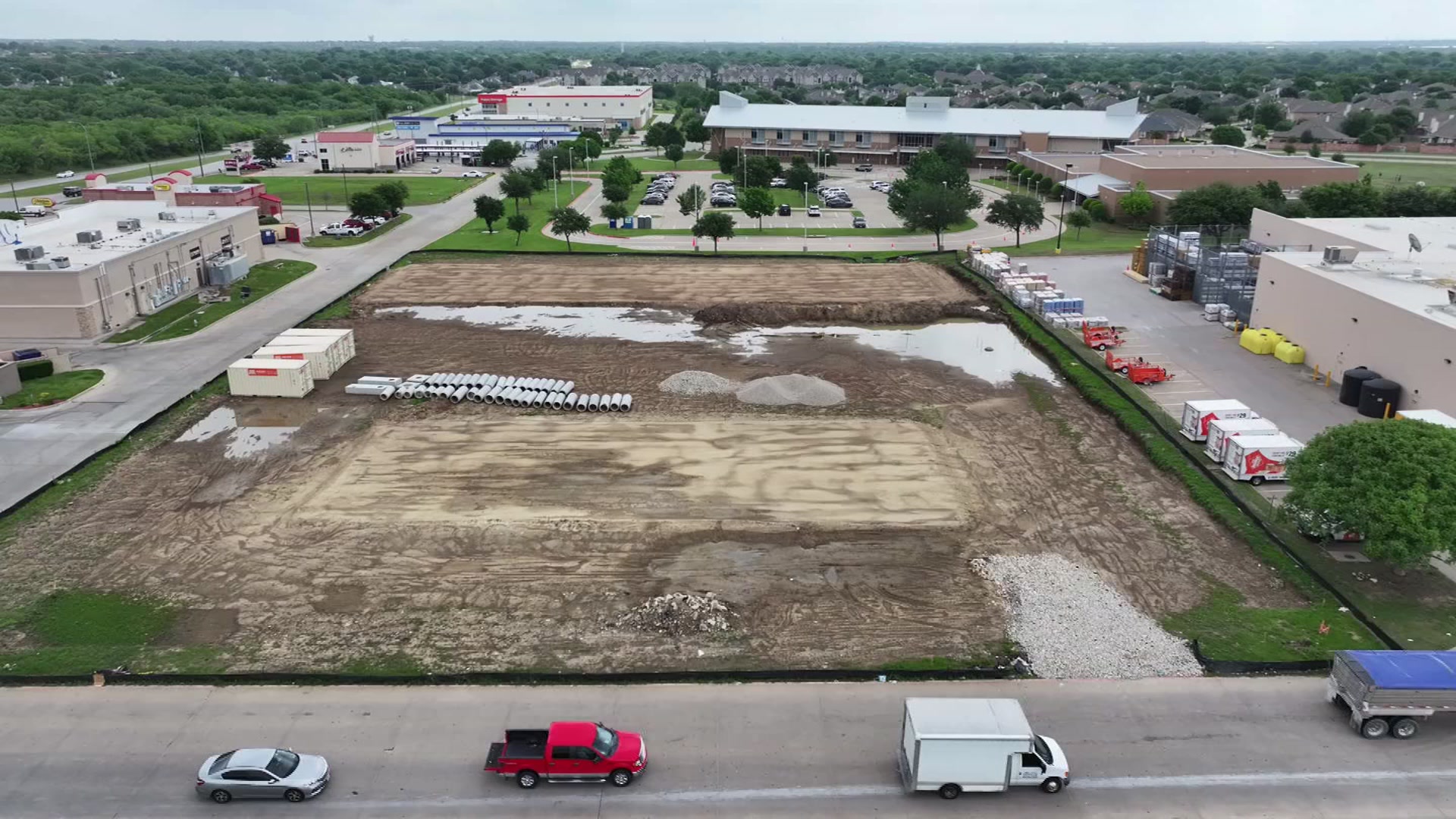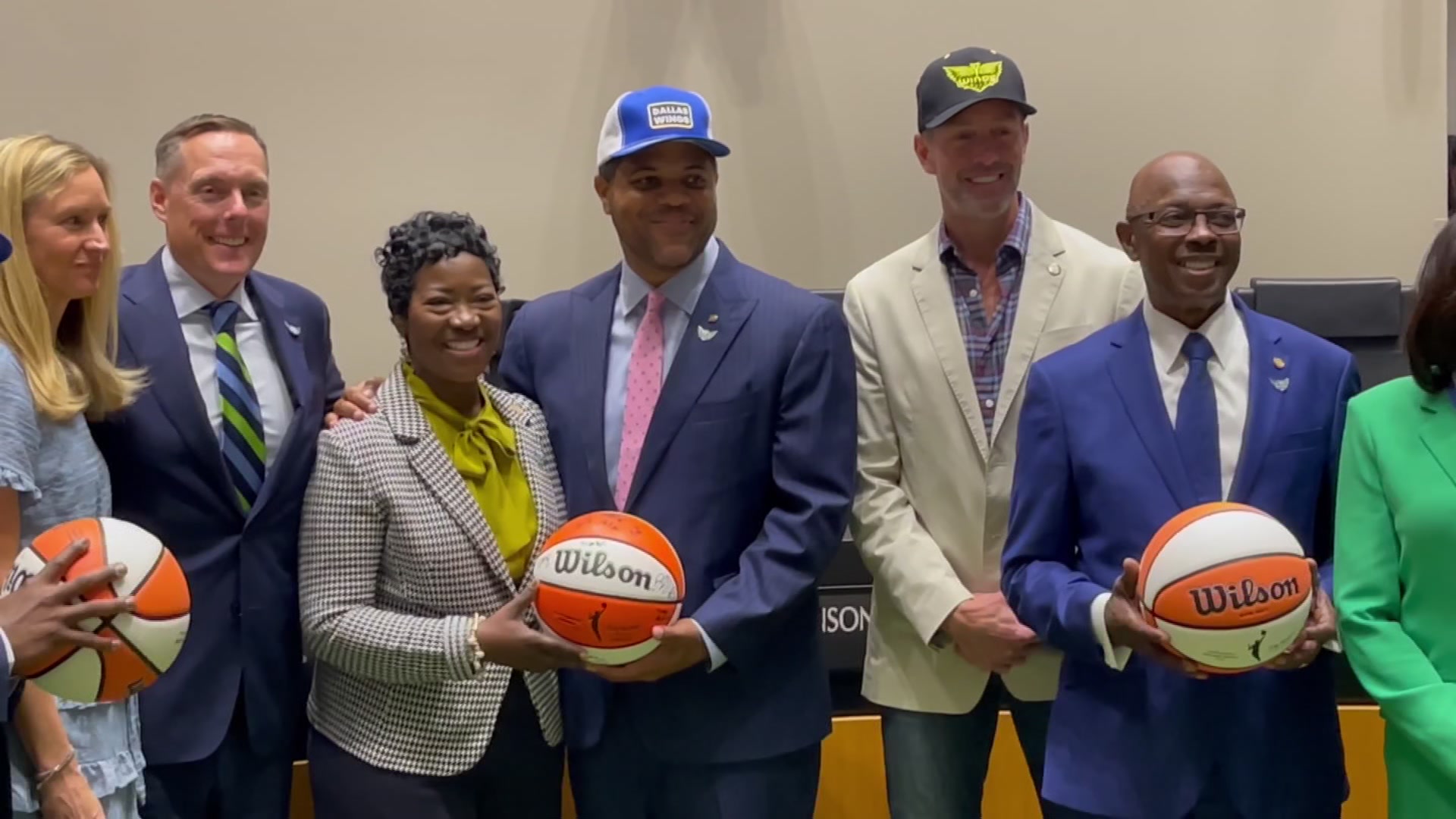The Centers for Disease Control and Prevention says you're probably not allergic to penicillin.
Approximately 10 percent of all U.S. patients report having an allergic reaction to a penicillin-class antibiotic in their past, according to the CDC, however, fewer than 1 percent of the population is truly allergic to penicillins.
Approximately 80 percent of patients with a true penicillin allergy lose their sensitivity after 10 years.
More toxic antibiotics are often used as an alternative to penicillin and it's associated with higher healthcare costs and increased risk for antibiotic resistance, doctors say.
Doctors suggest allergy testing to find out if you have a penicillin allergy.
"We have a great test that is available now. Skin testing is very good at picking out allergic patients. It's a fairly easy office visit and by the end of the day we can tell you if you're truly allergic or not," said Dr. Stacy Silvers, an allergy and immunology doctor at Medical City Children's Hospital.
New Insight into Rise in Shoulder Injuries Among Young Athletes
Local
The latest news from around North Texas.
Better tackling techniques to avoid concussions could be leading to increase in shoulder injuries among youth football players.
Area doctors report seeing more sports players with broken collarbones or sprained shoulders.
"It makes sense. When you are avoiding a helmet-to-helmet injury to avoid a concussion, you're gonna tackle more upright, and players are going to fall to the side. That's when you see clavicle injuries, AC joint injuries, as players land onto the side or the shoulder," said Dr. Anup Pradhan, an orthopedic surgeon at Medical City Children's Hospital.
It's believed the new tackling techniques that are being taught to prevent neck and head injuries contribute to the rise in shoulder and clavicle injuries. A collarbone injury, however, is more manageable and less severe than a concussion.
"In young people, the bone has a really thick periosteum, and the periosteum is the layer around the bone that has good blood flow and brings all the healing nutrients to the bone. In kids, that layer is really thick and strong and they heal great. When they have a traumatic brain injury at a young age, that doesn't heal great," Pradhan said.
Doctors caution that not much research has been done on this possible trend.



